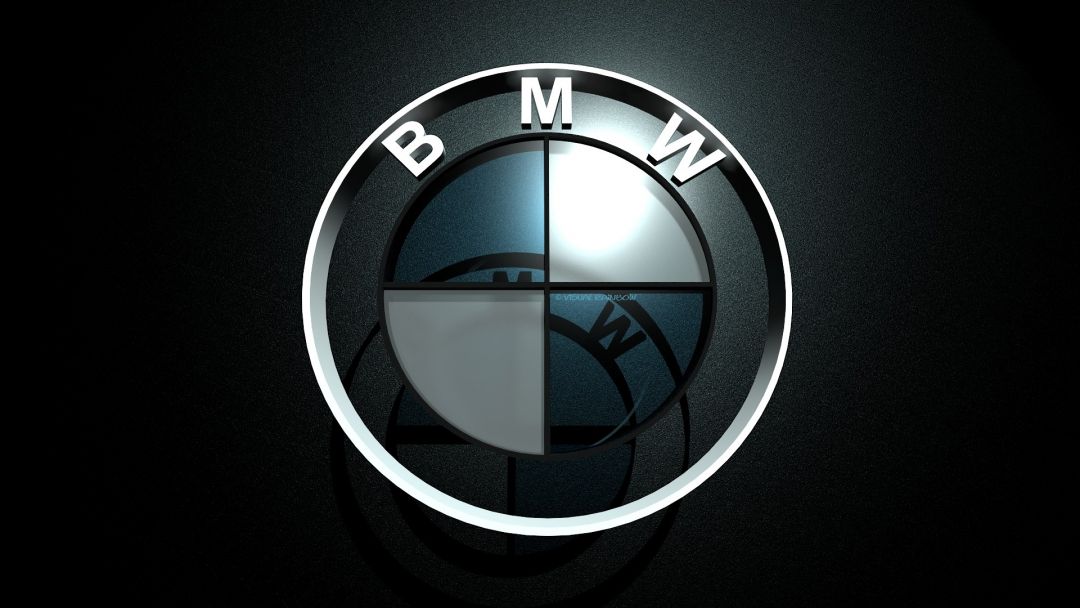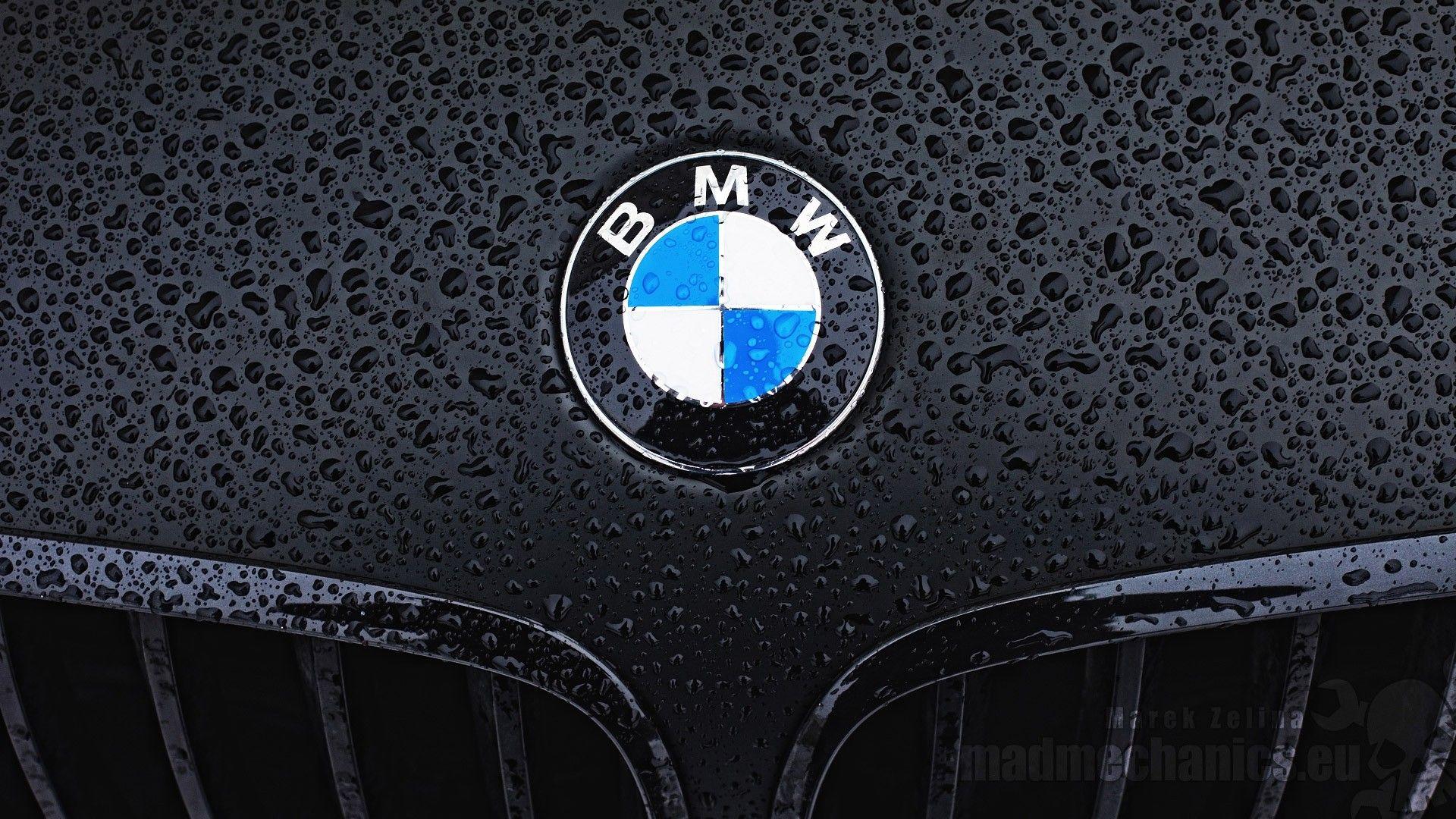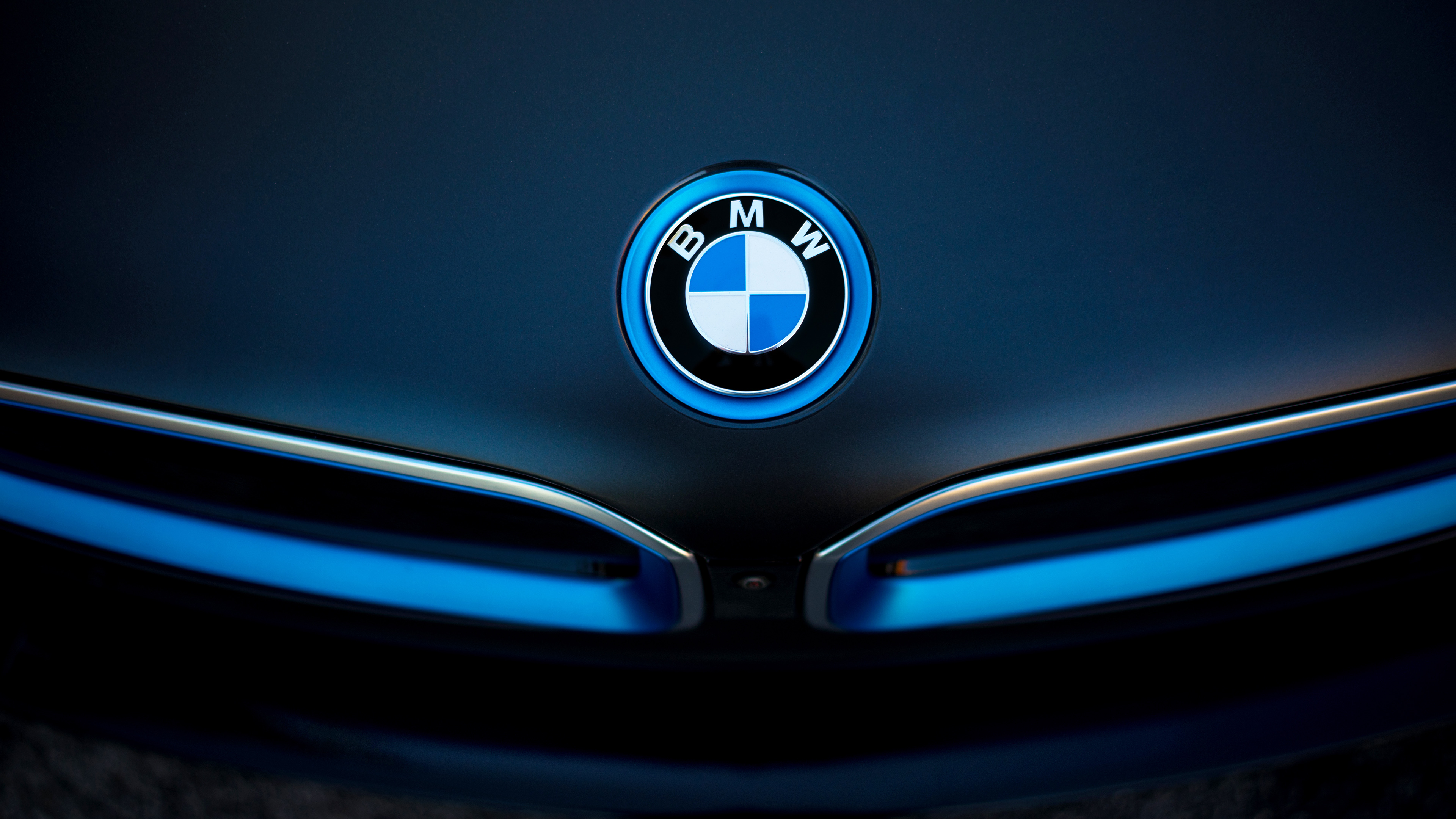About us
BMW
After a long hiatus, BMW decided to develop a six-cylinder car in the early 1960s. Work on what was to become the E3 commenced in 1965. The engine was based on the existing fours, sharing their overall layout while not merely an addition of two cylinders.[1] The design team was led by Wilhelm Hofmeister, with some detail work executed by Italy's Bertone and Michelotti studios.[2] A goal was to allow for more passenger space and comfort than the earlier "Neue Klasse" saloons had been able to offer.[3] The new sedan was noticeably a "driver's car", focusing on the front-seat occupants, and the smaller coupé was only barely a full four-seater.[4][5]
Motors
A new feature was the twin headlights, set into the grille, a design which was to define BMW styling for decades. Early mockups of the E3 featured broad rectangular single headlamps with rounded corners, but these never went into production - perhaps as a result of the lukewarm reception of the similarly designed 2000 CS.[1][4] The new car also required a new welding plant at BMW's Munich site. In spite of the car's all-new construction it only cost 70 million D-mark to develop. This was less than half of what one might have expected at the time.[6] Nomenclature
Engines
The two initial models, introduced in 1968 and sold through 1977, were the 2.5 L 2500 and 2.8 L 2800. The airy design was roomier than BMW's existing range and appeared rather large, in spite of being no more than 1 cm (0.4 in) longer than Mercedes' midrange sedans, which were generally considered to compete in a lower class than the new E3.[4] They were large six-cylinder cars that handled well and impressed contemporary reviewers. Road and Track called the later Bavaria "delightful" and "superb", concluding that it was "one of the world's best buys". Aside from the larger engine, the 2800 also had bigger tyres and a somewhat sportier suspension, as well as various creature comforts such as a heated rear window, a full tool set, Boge Nivomat self-levelling rear suspension, and a smattering more external chrome.[7]
Supaps
The big-bore, dual-carbureted 3.0 S was introduced in 1971, being a more powerful and expensive model than the 2800; a fuel-injected version was also made. Also produced were long-wheelbase L models (3.0L, 3.3Li, etc.), whose sharp handling was a stark contrast to the large Mercedes-Benz models of the time. Langley Motors in Thames Ditton UK also produced an estate (tourer) version. With a fully independent suspension along with four wheel disc brakes, the E3 was well ahead of its time in the early 1970s. Surprisingly, considering their respective marketing profiles, the 3.0 Si sedan was faster than the 3.0 coupé; which was a heavier car by 50 kg, with the same drivetrain.
Brakes
The body was surprisingly light for its size, weighing less than the smaller E9 coupé. Vision is also good, with narrow pillars and no less than 2.5 m2 (27 sq ft) of overall glass area.[2]
Wheels
At the end of 1973 the new, larger 3.3 L was presented, going on sale in January 1974. It had the longer wheelbase and a bigger engine, although the power was no more than that of the 3.0 Si. Instead, more torque meant to provide a more luxurious rather than BMW's usual sporting feel. This engine was updated to fuel injection in June 1975, with a few more horsepower. Subsequent to the introduction of a 3.2 liter version of this engine in the 1976 BMW 633CSi, this slightly smaller model found its way into the 3.3 Li as well. The E3 Sedan was in production from 1968–1978, with a total of circa 190,000 cars produced. Of these, 71,804 were of the US-only "Bavaria" model.
Drivers
In the US market, the 2500 and 2800 were introduced in 1969. The 2500 was shy of many of the luxury features included in the 2800, and with the smaller engine, it sold for about $5600 in 1970-equal to $37319 today.[8] The 2800 offered full leather interior, power windows, and power sunroof, which its price of $6,874 reflected. For the 1971 model year Max Hoffman, the BMW importer for the USA, convinced BMW AG to build the 2500 configuration car but use the 2800 engine — offering more power without the weight and expense of the 2800's luxury features. This new E3 configuration was called the "Bavaria" and was unique to the US market. Priced at about US$6,000, the Bavaria came to replace both older models. It is generally considered the forebear of the modern BMW high-performance sedan as it combined brisk acceleration, reasonable fuel economy, plenty of room for four people and a large trunk


